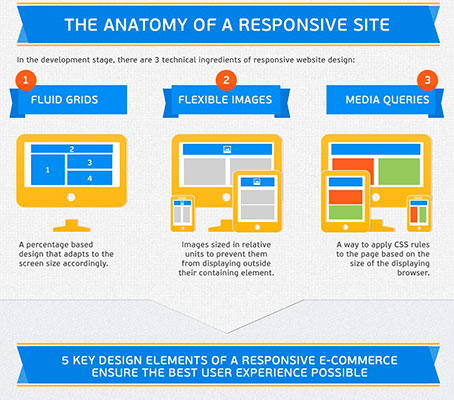Site Style Basics: Tips For Building A User-Friendly Website
Site Style Basics: Tips For Building A User-Friendly Website
Blog Article
Click On this page -Scarborough Devine
When it pertains to web site layout, guaranteeing user-friendliness is vital. From responsive design to streamlined navigating, every component plays a crucial role in producing a website that caters to your target market's demands. Yet what about the finer information that can make or break an individual's surfing experience? Keep tuned as we reveal some often-overlooked ideas that can boost your web site's functionality to the following degree, making it absolutely stick out in the digital landscape.
Significance of Responsive Design
Receptive layout is a crucial element of modern internet site advancement. Ensuring your web site is responsive methods that it can adapt to various display dimensions and gadgets, supplying a seamless experience for users.
With the boosting use of smartphones and tablet computers to access the internet, having a receptive layout is crucial for getting to a larger audience. It helps in boosting individual experience by making your internet site very easy to browse and continue reading any kind of gadget.
Furthermore, receptive layout can favorably influence your online search engine positions, as search engines like Google prioritize mobile-friendly internet sites. By having a receptive layout, you're additionally future-proofing your web site, as brand-new devices with differing screen dimensions continue to emerge.
Simplify Navigation Framework
To boost customer experience and assist in simple access to information on your internet site, simplifying the navigation framework is extremely important. When creating your website, focus on producing a clear and intuitive navigation food selection that aids visitors find what they're seeking swiftly.
Limitation the number of food selection items to the essentials, grouping associated pages with each other to prevent frustrating customers. Use detailed tags that clearly indicate the web content of each web page, making it simpler for customers to recognize where each web link will certainly take them.
Take into consideration applying dropdown food selections for subcategories to stop littering the main navigating bar. Furthermore, include a search bar plainly on the page for individuals that favor looking for specific info.
Focus on mobile responsiveness in your navigation layout to make sure very easy accessibility on all tools.
Enhance Web Page Load Speed
Improving web page lots speed is essential for maintaining visitors on your internet site. Slow-loading web pages annoy customers and can result in high bounce prices. To optimize page load rate, begin by optimizing images. Press photos without endangering top quality to lower their file sizes.
Furthermore, make it possible for browser caching to save often accessed sources in your area, accelerating lots times for returning visitors. Minify CSS, JavaScript, and HTML files by eliminating unnecessary personalities, comments, and formatting, boosting tons rate.
Take into https://www.marketing-interactive.com/unilever-sees-marketing-shuffle-simplified-structure making use of a content shipment network (CDN) to distribute your site's content across numerous servers worldwide, reducing latency for customers accessing your website from different areas. Lastly, restrict making use of third-party scripts and plugins, as they can dramatically impact load times.
Final thought
In conclusion, by integrating responsive design, simplifying navigation, and optimizing page load rate, you can produce an user-friendly site that attract a bigger audience and boosts customer experience. These essential elements make sure that visitors can quickly gain access to and navigate your site throughout different tools, causing boosted engagement and satisfaction. By concentrating on these key aspects, you can develop a successful site that maintains individuals returning for more.
